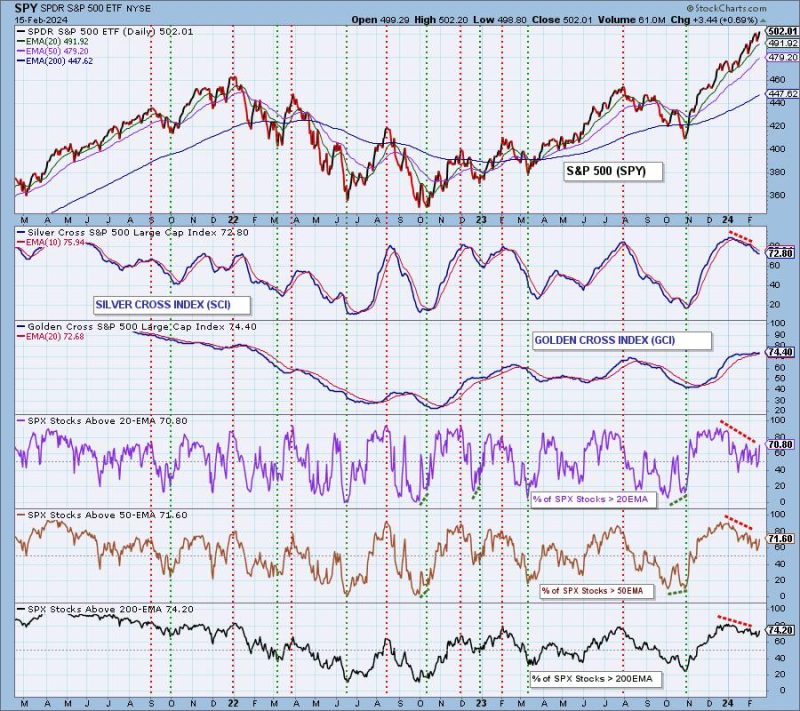As the stock market continues to experience periods of volatility, many investors are closely watching for buy signals to guide their investment decisions. However, recent trends have shown a diminishing number of these signals, leaving investors uncertain about the best course of action. In this article, we will explore the reasons behind the diminishing buy signals and discuss alternative strategies that investors can consider in these challenging times.
One of the primary reasons for the diminishing buy signals is the ongoing impact of the COVID-19 pandemic. The pandemic has disrupted global economies and caused significant uncertainties in various sectors. As a result, many companies have seen a decline in their financial performance, leading to a decrease in their stock prices. Additionally, challenging business environments and a slowdown in consumer spending have contributed to shrinking profit margins and reduced growth projections for many companies.
Another factor contributing to the diminishing buy signals is the recent surge in inflation rates. Inflation is the rate at which the general level of prices for goods and services rises, eroding purchasing power. High inflation rates can lead to increased production costs for companies and reduce consumer purchasing power, negatively affecting corporate earnings. This uncertainty around inflation has created hesitation among investors, as they weigh the potential risks of investing in an inflationary environment.
Moreover, the continued trade tensions between major economies, such as the United States and China, have added further complexity to the investment landscape. Tariffs and import/export restrictions have not only impacted the profitability of several industries but have also created uncertainties regarding future trade policies. These geopolitical factors have further dampened investor confidence and contributed to the diminishing buy signals.
Given these circumstances, investors need to consider alternative strategies that can potentially mitigate risks and provide competitive returns. Diversification remains a key strategy to minimize exposure to specific industries or sectors that may be more impacted by current market conditions. By investing in a well-diversified portfolio consisting of different asset classes, such as equities, bonds, and commodities, investors can spread their risk and potentially benefit from different market cycles.
Additionally, adopting a value investing approach can help investors identify undervalued stocks that may have significant growth potential. By analyzing a company’s intrinsic value, considering its fundamentals, and comparing it to the current market price, investors can identify opportunities where market sentiment may not accurately reflect a company’s true worth. However, it is crucial to conduct comprehensive research and analysis before making investment decisions using this approach.
Furthermore, considering alternative investments, such as real estate or private equity, can provide investors with exposure to different asset classes while potentially generating attractive returns. Alternative investments often have low correlation with traditional investments like stocks and bonds, which can help diversify a portfolio and reduce overall risk.
To make informed investment decisions during these challenging times, investors should also rely on professional financial advisors or wealth managers who can provide expert advice tailored to their financial goals and risk tolerance. These professionals can analyze market trends, evaluate investment opportunities, and help investors navigate through uncertain market conditions.
In conclusion, the diminishing buy signals in the stock market have highlighted the challenges faced by investors in the current economic environment. Factors such as the COVID-19 pandemic, rising inflation rates, and trade tensions have contributed to the uncertainty and hesitation among investors. However, by adopting alternative investment strategies, such as diversification, value investing, and exploring alternative asset classes, investors can potentially mitigate risks and identify opportunities for competitive returns. Seeking guidance from financial professionals can also provide valuable insights and support in making informed investment decisions.
